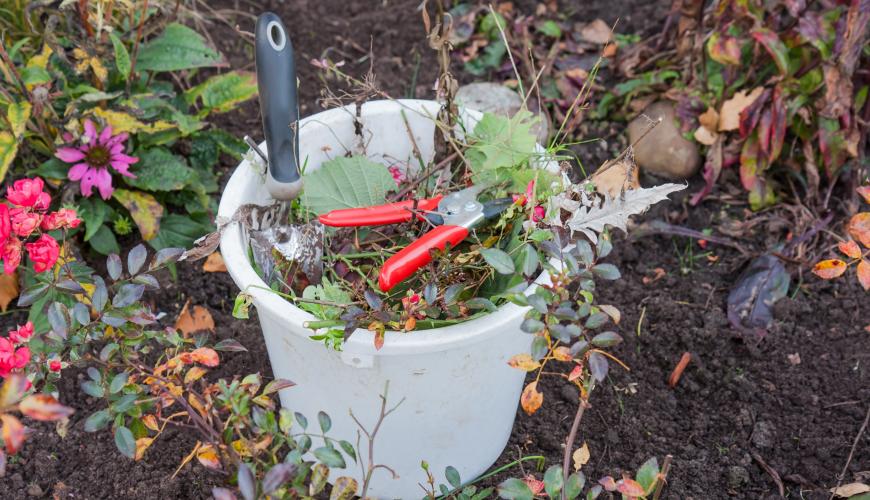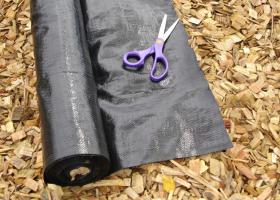Preparing your Garden for Fall

When summer transitions into autumn we are blessed with golden sunshine, cooler temperatures, stunning displays of leave colours and we need to attend to the tasks of putting the gardens to bed. Here are a few reminders of what needs to be done this fall so that you can begin the next garden season well prepared.
- Remove ailing annuals from beds and containers and replace them with autumn flowers like ornamental cabbage and chrysanthemums. You can take cuttings of some annuals like coleus and root them over winter indoors planting up in spring. Not only can you save some money next season, you can easily perpetuate any unique varieties you may have purchased.
- Cut back perennials to the ground putting all healthy foliage into the compost. If your plants have any disease like powdery mildew, discard in the garbage so that you aren’t transferring disease back into your garden. Remember when cutting back to disinfect your loppers and pruners after each plant in a bucket of water to which you have added a little bleach. Cleaning up fleshy foliage means that pests can’t overwinter under fallen leaves. You can leave some seed heads standing in the garden especially perennials like echinacea (purple coneflower) and ornamental grasses which provide food for birds and can add an architectural element to the winter garden. If you have any perennials that need dividing, fall is a great time for this task as cool weather and rain are perfect for transplanting and gives enough time for new transplants to establish roots.
- Dig up any summer blooming bulbs like dahlia, gladiolas and canna lily that are tender and cannot overwinter in the ground. Brush off soil and store dahlia bulbs in large clear plastic bags filled with vermiculite, keeping tubers separated and leaving the bag open to allow air circulation. Keep canna bulbs in small paper bags or plastic buckets. Gladiolas need special attention, so lift, brush off the soil and allow to dry in the sun for a few hours, then cure in a shed, garage or basement keeping cool with good air circulation. Cure for a few weeks so they don’t breakdown when stored in a paper bag, loose weave basket, mesh bag or even an old nylon stocking. Keep all bulbs in a dark, dry space and check periodically during winter to ensure bulbs are not deteriorating or rotting, throwing out any that are spoiled.
- If you want to have a beautiful floral display next spring, now is the time to plant spring blooming bulbs like tulips, daffodils and hyacinth. Buy your bulbs from reputable nurseries. When buying locally, choose firm bulbs with no evidence of mould or decay. Consult a good bulb book to learn how deep to plant each type of bulb and fertilize with a root stimulator.












